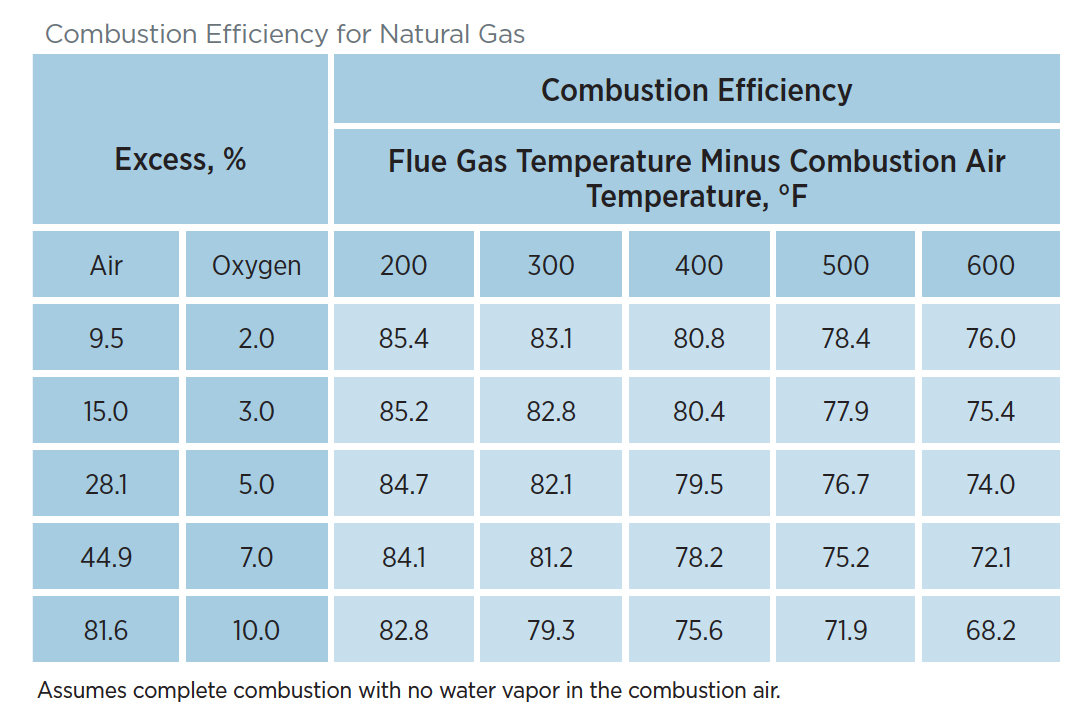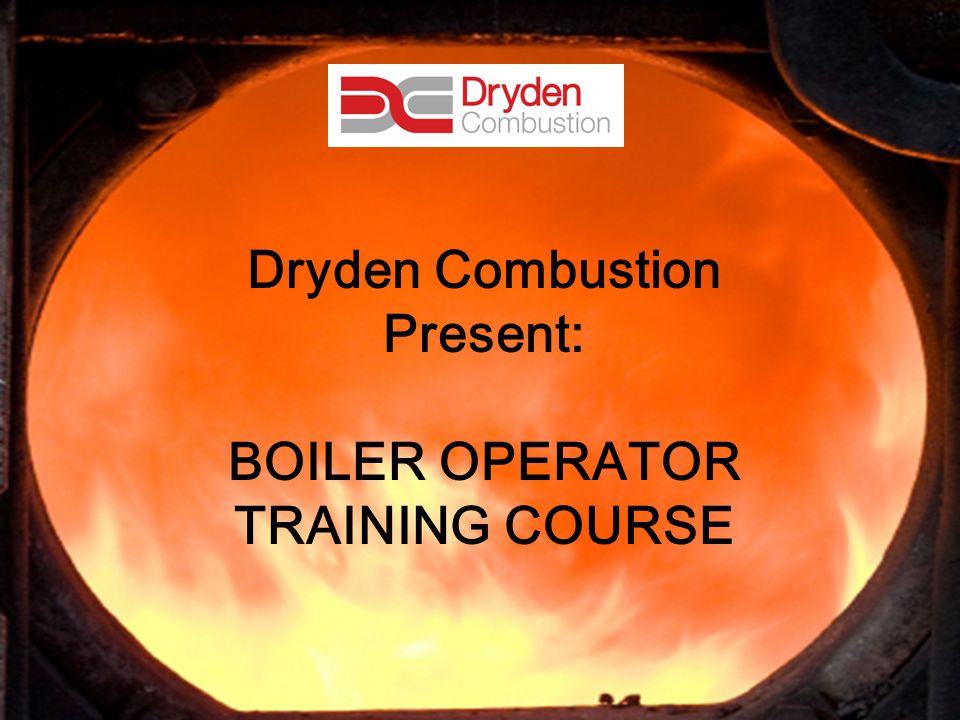

Practically, the burning of the fuel in the combustion chamber remains to continue during the expansion stroke. Naturally, the combustion process is completed at the point when the maximum pressure is obtained in the combustion chamber at point E as shown in the figure. This is the last stage out of the four stages of combustion in CI engine. Therefore, this period of combustion is called a period of controlled combustion. That’s the reason we can control the rise of pressure into the cylinder by controlling the fuel injection rate. When the accumulated fuel during the delay period completely burned in the period uncontrolled combustion, the temperature and pressure of the mixture in the cylinder are so high that new injected fuel from the nozzle will burn rapidly due to the presence of sufficient oxygen in the combustion chamber.

So, the higher the delay period, the higher would be the rate of pressure rise.ĭuring this stage, you can’t control the amount of fuel burning, that’s why this period is called a period of uncontrolled combustion. This period is represented by the curve CD in the above figure. It causes a rise in in-cylinder pressure and temperature. The accumulated fuel during the delay is now started burning at an extremely rapid rate. When the flame formed the mixture in the other low concentration starts burning by the propagation of flames or due to auto-ignition, because of the process of heat transfer. Due to this heterogeneous mixture, flames appear at more than one location where the concentration of the mixture is high. The mixture of air and fuel in CI engines is heterogeneous unlike homogeneous in the SI engines. After the above-mentioned delay period is over, the air and fuel mixture will auto-ignite as they have achieved their self-ignition temperature. This is the second stage of combustion in the CI engine. If this delay period performs longer than usual, then we can here knocking in CI engine. Due to the complex process of combustion is a CI engine, it’s difficult to separate these two delay periods. Preflame reaction we discussed above is taking place during the chemical delay. When physical delay completes, the time interval up to the fuel ignites and the flame of the combustion appears is called chemical delay.

The period between the time of injection of the fuel and its achievement of self-ignition temperature during vaporization is called physical delay. This delay period can further be divided into two parts – Physical delay and chemical delay. This time interval between the starting of the fuel injection and the beginning of the combustion is called the delay period. You can see this process at point C on the diagram.

This preflame reaction starts slowly and then speeds up until the ignition of the fuel takes place. During the preflame reaction, pressure into the cylinder starts increasing with the release of energy at a slow rate. You can see this pressure drop (curve AB) in the above figure.Īfter completion of the vaporization process, the preflame reaction of the mixture in the combustion chamber starts. It causes some pressure drop in the cylinder. In this vaporization process, the fuel gets heat from the compressed and hot surrounding air.


 0 kommentar(er)
0 kommentar(er)
